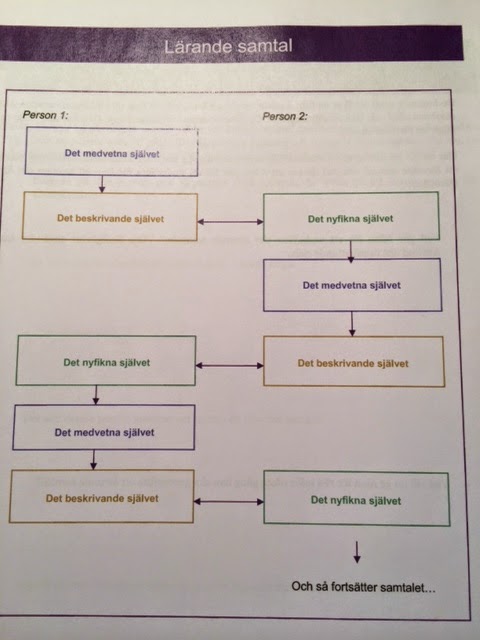Empathy and EQ at work
I förra veckan påbörjade jag en distansutbildning som ges av universitet Berkeley i California via deras edX-plattform. Kursen heter "Empathy and EQ at work"- en kurs jag kände var perfekt för att hålla mig uppdaterad kring vad som händer inom EQ-området. Jag är ju certifierad EQ-coach och har tidigare tagit kursen Science of Happiness via edX - en fantastisk utbildning. Läs gärna om den kursens viktiga tips kring hur du skapar ökat välmående i detta inlägg: 8 olika övningar för att skapa ökat välmående ...
En av modulerna från kursen "Empathy and EQ at work" beskriver våra grundläggande känslor (emotions) - nedan bild ger en aktuell bild över hur dessa "emotions" kan grupperas och hur de interagerar:
Några exformativa axplock från kursen:
Psychology once assumed that most human emotions fall within the universal categories of happiness, sadness, anger, surprise, fear, and disgust. But a new study from Greater Good Science Center faculty director Dacher Keltner suggests that there are at least 27 distinct emotions—and they are intimately connected with each other
Our emotions are important clues to how we are experiencing the world, helping us make decisions, build good relationships, fulfill our dreams, and cultivate well-being
People with higher emotional intelligence tend to have greater psychological health, are less anxious and less depressed or less burned out at work. They tend to make better decisions in life. They tend to have better-quality relationships, tend to perform better academically and in the workplace
Understanding how emotions factor into how we (and others) digest information in the world around us helps us get the most out of our time and effort at work. It helps us find an optimal balance, or synergy, between emotions and reason so that we can be as productive, creative, and effective as possible at work
Är du intresserad av Emotionell intelligens (EQ) - läs mina andra inlägg på detta team här...




Kommentarer
Skicka en kommentar